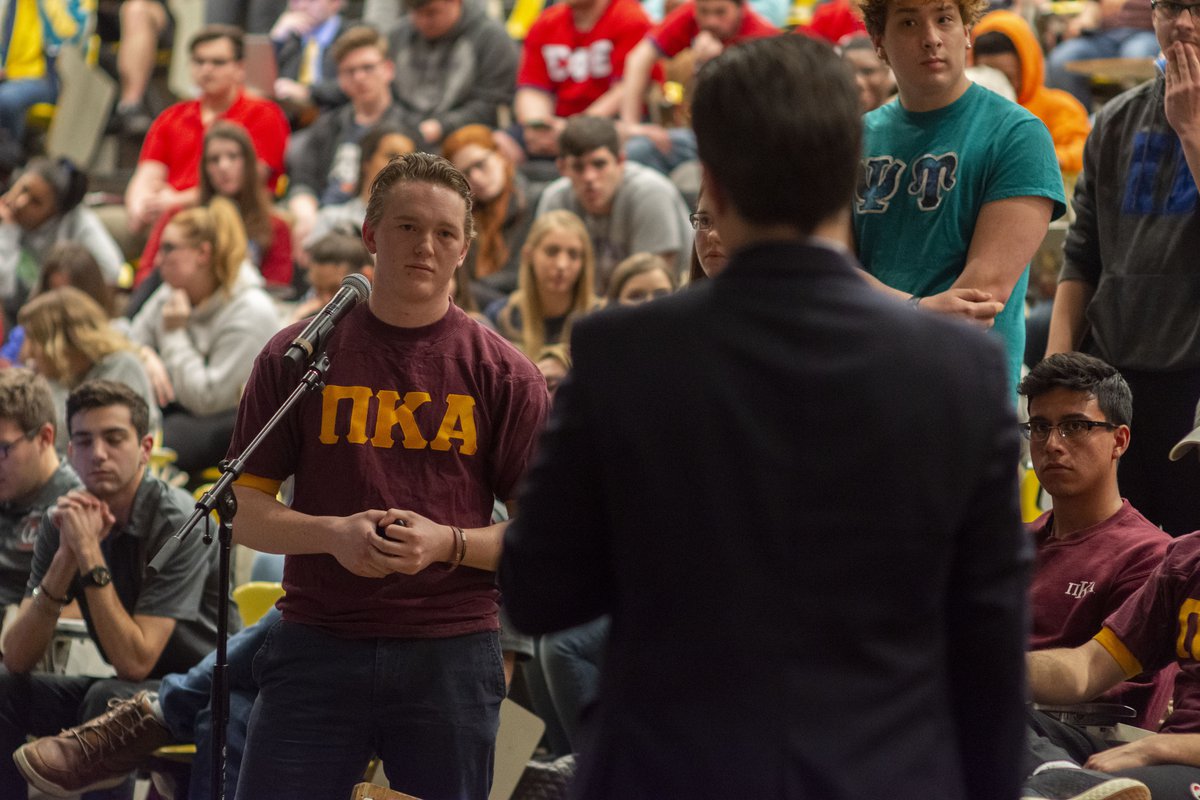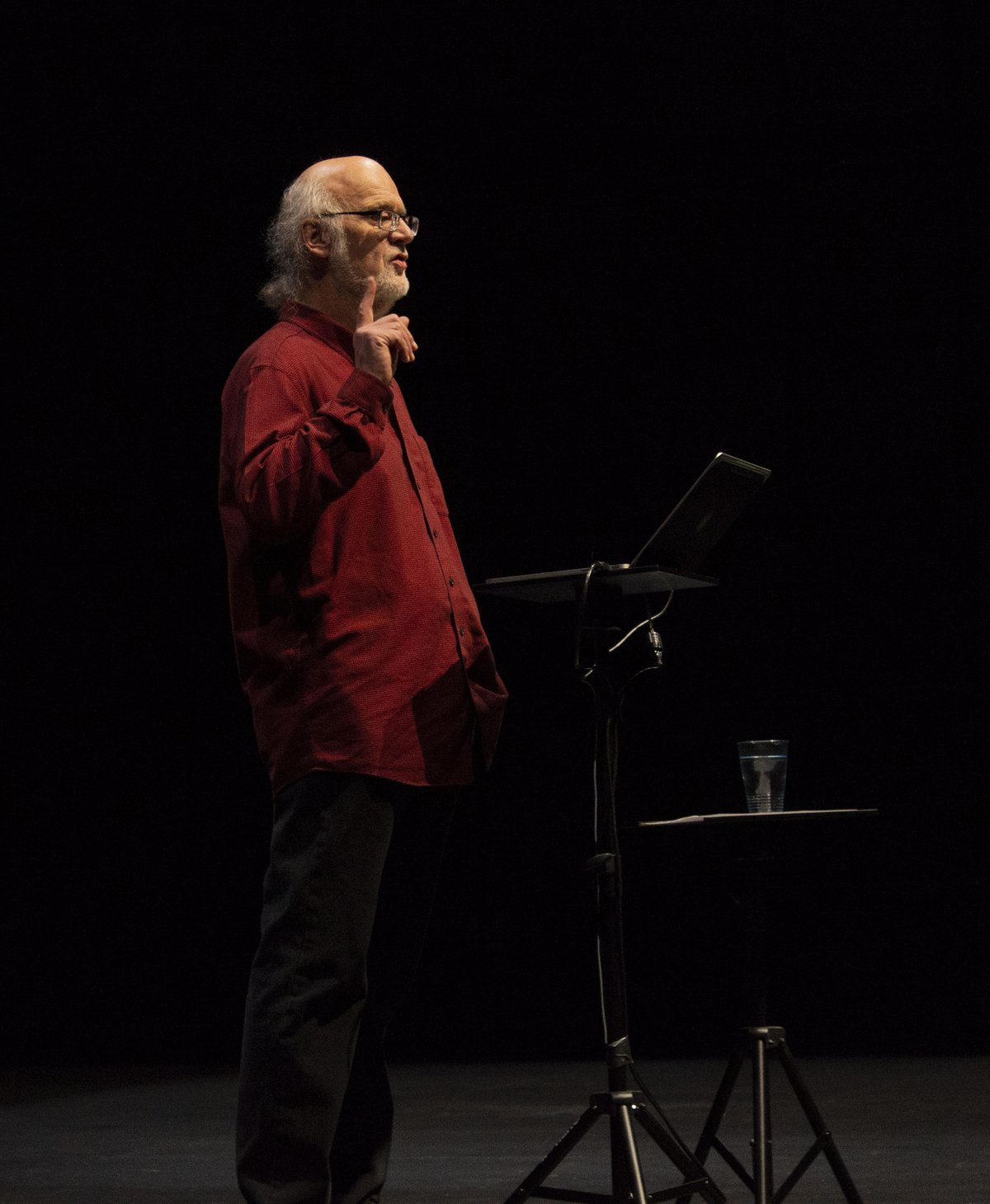Why I’m not an architect
When I applied to Rensselaer, I had every intention of becoming an architect. I took tours of the Greene Building and was enamored with their fabrication shop. I went to a portfolio review, looked at past students’ work, and was dead-set on choosing architecture as my major.
I ended up applying to the School of Engineering as a civil engineer, which wasn’t a huge departure from my dream, so I didn’t stop to consider why I made the switch. When someone asked, I usually chalked it up to my math aptitude or my fear of criticism. But now, having switched my major to geology, I’ve figured out what the nagging discomfort of my first semesters here really meant.
In 2008, the United States Department of Energy found the lifespan of a typical office building to be 73 years, while life expectancy in America hovered around 78. There’s a chance that buildings designed today could be torn down before an architect even retired, and I’m not comfortable with that fleeting reality. I don’t like the total lack of control, when the control was once total. When an architect finishes a building, they’re out of the picture, sliding it in their portfolio and moving on to the next project. They get paid for their work and the transaction ends there, with the owners free to do what they want with the building.
Consider the 425 Frank Lloyd Wright buildings listed on Wikipedia: 60 have been demolished. Some were accidental, like casualties of earthquakes, fires, and hurricanes; some were meant to be taken down, like exposition pavilions; and some were just remodeled. Most were intentionally destroyed. It’s been 60 years since Wright died, with only 10 of those structures demolished in that time. Obviously, we’ve since recognized his genius and his buildings’ architectural significance, but most architects are and will never be anywhere near as revered, and this is reflected by the decisions made around their buildings.
Civil engineers and their structures outlast a typical building only slightly, with fixtures like the Hoover Dam set to last for centuries, and iconic works preserved and rebuilt far into the future. Highways will be paved and repaved as long as they’re useful, but when no one uses the roads anymore, they’ll slowly decay like every other discarded project that outlasted its utility.
And this is why I believe construction and demolition is largely political. We build and destroy to suit our needs, and those needs are ever-changing with shifts in technology, quality of life, and international politics. The National Association of Home Builders analyzed government census data and found that the average square footage for a new single-family home was 2,641 square feet in 2018, nearly tripling from 983 square feet in 1950. And while so much else has changed in 70 years, it’s hard to imagine that convenience would increase demand. People have more money than ever, buy products cheaper than ever, and live in homes that are less ecologically responsible than ever.
Though species are going extinct at alarming rates and carbon dioxide levels have topped 400 parts per million, the Earth will recover. Even some of our most permanent monuments and biggest failures can be scrubbed off the Earth by a glacier or slowly eroded by wind and rain. Chernobyl will be safe in 20,000 years, Mount Rushmore will lose definition in about half a million years, and the tectonic future of Earth will see entirely new continents in the next 200 million years. Nothing we create on the surface will last, but recording history is the one way around that. History is fragile, evidence of previous events disappears daily: survivors die, records burn, and each successive glaciation scrubs all record of what’s come before.
When cultural relics are destroyed, we mourn a loss of history. The first century Temple of Bel in Palmyra was partially destroyed by the Islamic State of Iraq and the Levant in 2015, and the sixth century Buddhas of Bamiyan were destroyed by the Taliban in 2001. Intentional destruction like this is harshly condemned; the United Nations passed a resolution under which actions like these could be prosecuted as war crimes and considered cultural genocide. But losses aren’t always intentional. The National Museum of Brazil in Rio de Janeiro burned less than a year ago, destroying the only surviving recordings of now-extinct languages. 93 percent of their 20 million object collection was lost, all because a faulty air conditioning unit sparked, compounded by a lack of fire sprinklers due to scant government funding.
Imagining plausible histories and being able to explain the past is time sensitive and critical—future geologists might know nothing of humans except by our fossils, radioactive fallout, and a thin layer of degraded plastic chemicals in future sedimentary rocks. They could assume any number of conclusions from this, just as we assume so much about the lives of prehistoric humans, dinosaurs, and the beginning of life itself.
It’s not anyone’s job to create history, but a drive to preserve, uncover, and expose the truth is a distinctly human trait. Architecture is a beautiful art form, and building structures to better our short lives is an advancement and a clear step forward, but a step without consideration of the past is a blind jump into the void—a jump I just can’t make.

 Opinion
Opinion
 Opinion
Opinion
 Greek Life
Greek Life
 Empac Event
Empac Event